Energy density, discharge rate, state of charge, battery internal resistance…
This series of lithium battery parameters and proper nouns is really frustrating for many friends who don’t know much about battery knowledge.
So today, we are going to talk about what is the commonly used parameters of Li-ion batteries and what do they mean. Let’s get it!!
Energy density (Wh / L & Wh / kg)
The energy density of the battery is the energy released by the battery per unit volume or unit mass. If it is a unit volume, it is the volume energy density (Wh/L). In many places, it is simply referred to as energy density (Wh/kg), also called specific energy in many places.
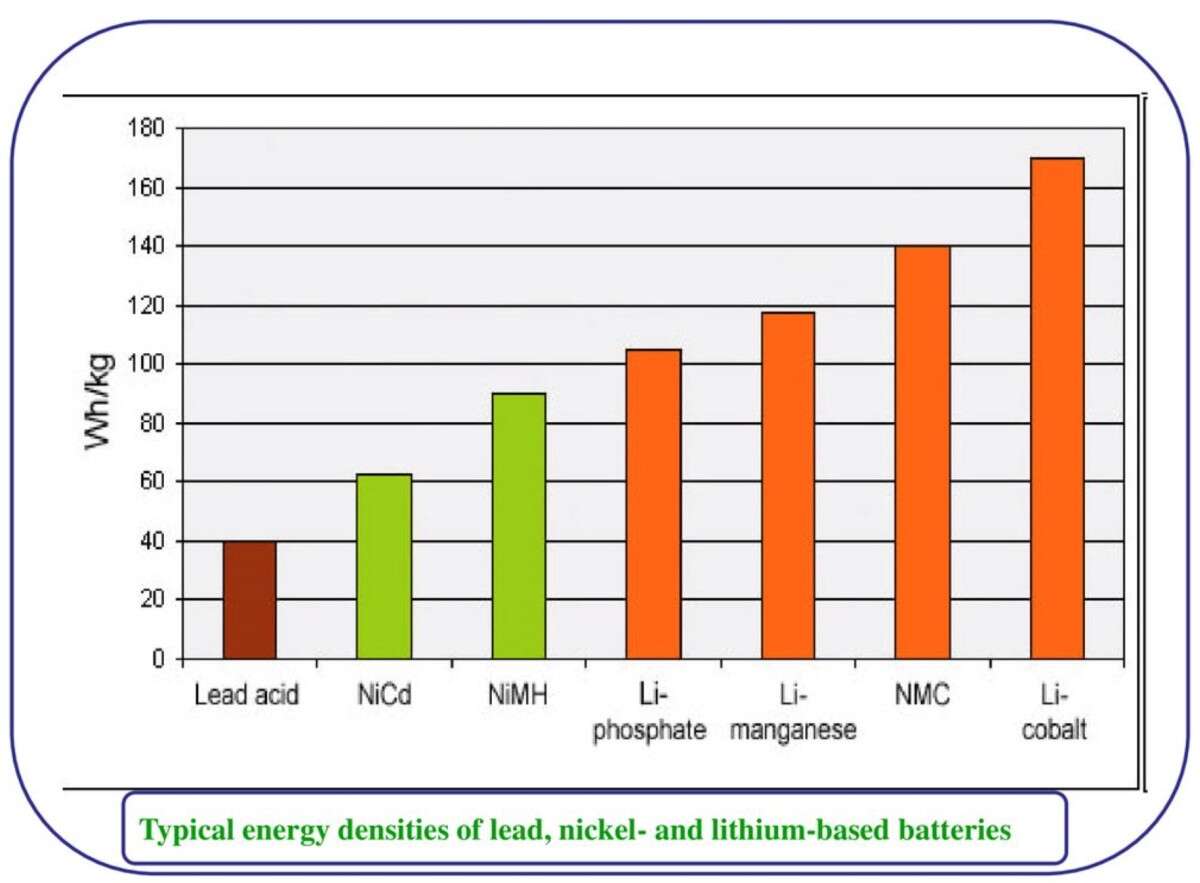 [/IMG]
[/IMG]
For example, referring to the energy density formula, a lithium battery weighs 300g, has a rated voltage of 3.7V and a capacity of 10Ah, and its specific energy is 123Wh / kg.
Volume energy density (Wh / L) = battery capacity (mAh) × 3.6 (V) / (thickness (cm) * width (cm) * length (cm))
Mass energy density (Wh / KG) = battery capacity (mAh) × 3.6 (V) / battery weight
Battery charge and discharge rate ©
The battery charge and discharge rate refer to the current value required to charge/discharge its rated capacity (Q) within a specified time, which is numerically equal to a multiple of the battery’s rated capacity. The unit of battery discharge rate is generally C (short for C-rate), such as 0.5C, 1C, 5C, etc.
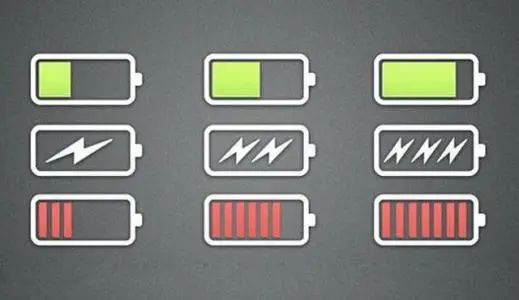 [/IMG]
[/IMG]
The charge and discharge rate of the battery determines how fast we can store a certain amount of energy in the battery, or how fast we can release the energy in the battery.
Take XTAR 18650 2600mAh battery as an example:
Discharge at 25A, the discharge rate is about 9.6C, conversely, discharge at 9.6C, the discharge current is 25A, and the discharge is completed after 0.1h;
Charging at 2.1A, the charging rate is about 0.8C, in turn, 0.8C charging, charging current is 2.1A, 1.25h charging is completed.
(Note: Since the lithium battery adopts the constant current and constant voltage charging method, the actual charging time is longer than 1.25h)
Charge and discharge rate = charge and discharge current (A) / rated capacity (Ah)
State of charge (%)
SOC, the full name is State of Charge, the state of charge, also called the remaining power, which represents the ratio of the remaining capacity of the battery after discharge and its fully charged state capacity.
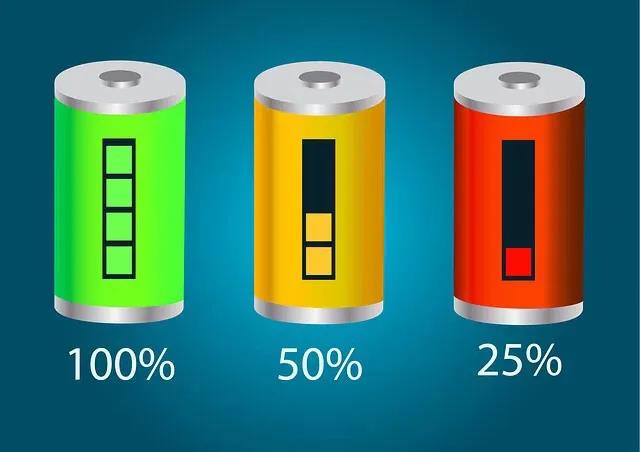 [/IMG]
[/IMG]
Its value range is 0 ~ 1. When SOC = 0, it means that the battery is completely discharged. When SOC = 1, it means that the battery is fully charged.
At present, SOC estimation mainly includes the open-circuit voltage method, ampere-hour measurement method, artificial neural network method, Kalman filter method, etc.
Battery internal resistance (mΩ)
The internal resistance of the battery refers to the resistance that the current flows through the battery when the battery is working. Due to the presence of resistance, the actual capacity of the battery will decrease
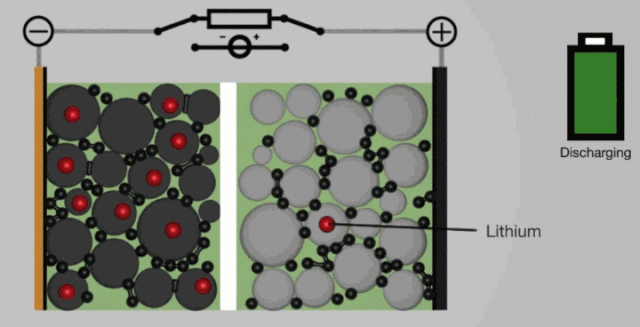 [/IMG]
[/IMG]
As the battery discharge time increases, the internal resistance of the battery will gradually increase. A battery with a large internal resistance will generate a lot of heat during charging and discharging, which will cause the battery temperature to rise, resulting in a lower battery discharge operating voltage and shorter discharge time, which will have a serious impact on battery performance and life.
Battery self-discharge
The self-discharge of the battery refers to the phenomenon that the voltage drops during the open-circuit static state. It is also called the charge retention capacity of the battery. In general, battery self-discharge is mainly affected by the manufacturing processes, materials, and storage conditions.
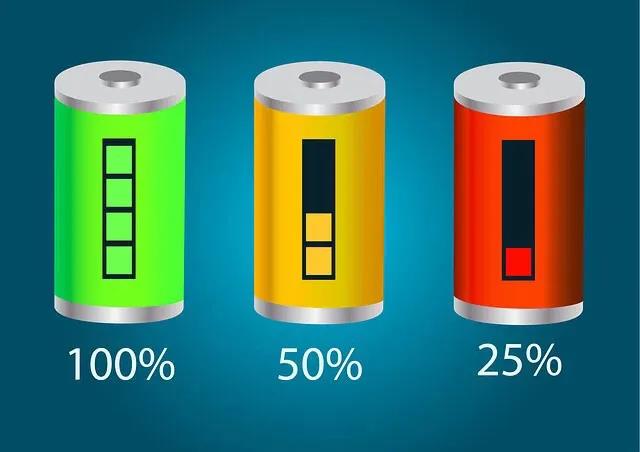 [/IMG]
[/IMG]
Self-discharge is divided into two types according to whether the capacity loss is reversible: capacity loss is reversible, which means that the capacity can be recovered after recharging; capacity loss is irreversible, which means that the capacity cannot be recovered.
At present, there are many research theories on the causes of battery self-discharge, which can be summarized into physical reasons (storage environment, manufacturing process, materials, etc.) and chemical reasons (electrode instability in the electrolyte, internal chemical reactions occur, and active substances are consumed Etc.), self-discharge of the battery will directly reduce the capacity and storage performance of the battery.
Battery life
Battery life is divided into two parameters, cycle life and calendar life. Cycle life refers to the number of times the battery can be cycled to charge and discharge. That is, under ideal temperature and humidity, charge and discharge at the rated charge and discharge current, and calculate the number of cycles experienced when the battery capacity decays to 80%.
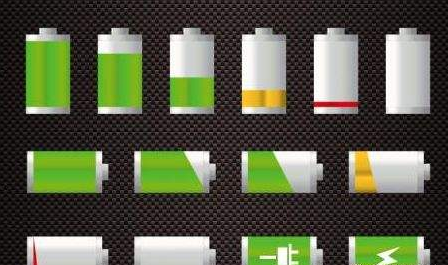 [/IMG]
[/IMG]
Calendar life refers to the time span under which the battery reaches the end-of-life condition (capacity decay to 80%) under specific operating conditions. Calendar life is closely combined with specific use requirements, usually need to specify specific working conditions, environmental conditions, storage intervals, etc.
Cycle life is a theoretical parameter, and calendar life is more practical. However, the calculation of calendar life is complicated and takes a long time, so general battery manufacturers only give data on cycle life.
Well, today’s XTAR class is introduced here for everyone, of course, the relevant parameter coefficient words of lithium batteries are definitely more than the above, welcome to add comments from friends ~
Thank you.
This series of lithium battery parameters and proper nouns is really frustrating for many friends who don’t know much about battery knowledge.
So today, we are going to talk about what is the commonly used parameters of Li-ion batteries and what do they mean. Let’s get it!!
Energy density (Wh / L & Wh / kg)
The energy density of the battery is the energy released by the battery per unit volume or unit mass. If it is a unit volume, it is the volume energy density (Wh/L). In many places, it is simply referred to as energy density (Wh/kg), also called specific energy in many places.

For example, referring to the energy density formula, a lithium battery weighs 300g, has a rated voltage of 3.7V and a capacity of 10Ah, and its specific energy is 123Wh / kg.
Volume energy density (Wh / L) = battery capacity (mAh) × 3.6 (V) / (thickness (cm) * width (cm) * length (cm))
Mass energy density (Wh / KG) = battery capacity (mAh) × 3.6 (V) / battery weight
Battery charge and discharge rate ©
The battery charge and discharge rate refer to the current value required to charge/discharge its rated capacity (Q) within a specified time, which is numerically equal to a multiple of the battery’s rated capacity. The unit of battery discharge rate is generally C (short for C-rate), such as 0.5C, 1C, 5C, etc.

The charge and discharge rate of the battery determines how fast we can store a certain amount of energy in the battery, or how fast we can release the energy in the battery.
Take XTAR 18650 2600mAh battery as an example:
Discharge at 25A, the discharge rate is about 9.6C, conversely, discharge at 9.6C, the discharge current is 25A, and the discharge is completed after 0.1h;
Charging at 2.1A, the charging rate is about 0.8C, in turn, 0.8C charging, charging current is 2.1A, 1.25h charging is completed.
(Note: Since the lithium battery adopts the constant current and constant voltage charging method, the actual charging time is longer than 1.25h)
Charge and discharge rate = charge and discharge current (A) / rated capacity (Ah)
State of charge (%)
SOC, the full name is State of Charge, the state of charge, also called the remaining power, which represents the ratio of the remaining capacity of the battery after discharge and its fully charged state capacity.

Its value range is 0 ~ 1. When SOC = 0, it means that the battery is completely discharged. When SOC = 1, it means that the battery is fully charged.
At present, SOC estimation mainly includes the open-circuit voltage method, ampere-hour measurement method, artificial neural network method, Kalman filter method, etc.
Battery internal resistance (mΩ)
The internal resistance of the battery refers to the resistance that the current flows through the battery when the battery is working. Due to the presence of resistance, the actual capacity of the battery will decrease

As the battery discharge time increases, the internal resistance of the battery will gradually increase. A battery with a large internal resistance will generate a lot of heat during charging and discharging, which will cause the battery temperature to rise, resulting in a lower battery discharge operating voltage and shorter discharge time, which will have a serious impact on battery performance and life.
Battery self-discharge
The self-discharge of the battery refers to the phenomenon that the voltage drops during the open-circuit static state. It is also called the charge retention capacity of the battery. In general, battery self-discharge is mainly affected by the manufacturing processes, materials, and storage conditions.

Self-discharge is divided into two types according to whether the capacity loss is reversible: capacity loss is reversible, which means that the capacity can be recovered after recharging; capacity loss is irreversible, which means that the capacity cannot be recovered.
At present, there are many research theories on the causes of battery self-discharge, which can be summarized into physical reasons (storage environment, manufacturing process, materials, etc.) and chemical reasons (electrode instability in the electrolyte, internal chemical reactions occur, and active substances are consumed Etc.), self-discharge of the battery will directly reduce the capacity and storage performance of the battery.
Battery life
Battery life is divided into two parameters, cycle life and calendar life. Cycle life refers to the number of times the battery can be cycled to charge and discharge. That is, under ideal temperature and humidity, charge and discharge at the rated charge and discharge current, and calculate the number of cycles experienced when the battery capacity decays to 80%.

Calendar life refers to the time span under which the battery reaches the end-of-life condition (capacity decay to 80%) under specific operating conditions. Calendar life is closely combined with specific use requirements, usually need to specify specific working conditions, environmental conditions, storage intervals, etc.
Cycle life is a theoretical parameter, and calendar life is more practical. However, the calculation of calendar life is complicated and takes a long time, so general battery manufacturers only give data on cycle life.
Well, today’s XTAR class is introduced here for everyone, of course, the relevant parameter coefficient words of lithium batteries are definitely more than the above, welcome to add comments from friends ~
Thank you.

